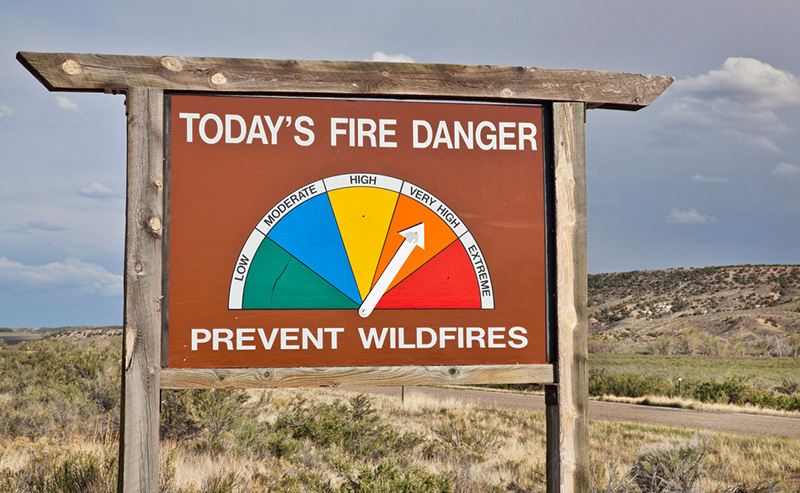The latest data from the U.S. Drought Monitor was released on June 18, 2020, and it doesn’t look positive. This is especially true for much of northwestern California, and western Oregon, both of which are now in severe drought. There is also a portion of northwestern California and southwestern Oregon that are considered to be in extreme drought.

Naturally, the news has left everyone wondering if there will be an even earlier start to this year’s prime wildfire season? And, if so, how will it be dealt with amidst the COVID-19 pandemic?
Just as troubling, many Californians, in particular, are concerned about unexpected and long-term power outages in an effort to mitigate fire risk. Utility provider, PG&E, took such action last year, leaving around two million people sitting in the dark while worrying if massive fires would reach their homes and businesses.
As reported by Vox, “Nursing homes, emergency rooms, police stations, and fire stations scrambled for backup generators. People with powered medical equipment or refrigerated drugs scrambled to find care at understaffed community centers, and 1,370 public schools lost power; 400 of them sent 135,000 students home to parents scrambling to cover jobs they had no way to get to.”
Needless to say, people who live and work in wildfire-prone areas should be on high alert in case they soon find themselves contending with not just one or two crises at the same time, but potentially three.
Because of COVID-19, plans should be made to deal with possible fewer available local firefighters or healthcare workers. Emergency shelters should be equipped to safely care for those who are temporarily displaced, while respecting distancing guidelines. Transportation and evacuation resources should be defined (among many other factors to consider).
Planning ahead and working together is the answer to dealing with multiple crises at once. Know that BOLDplanning is here to support you when needed. We will get through ALL of this together.






